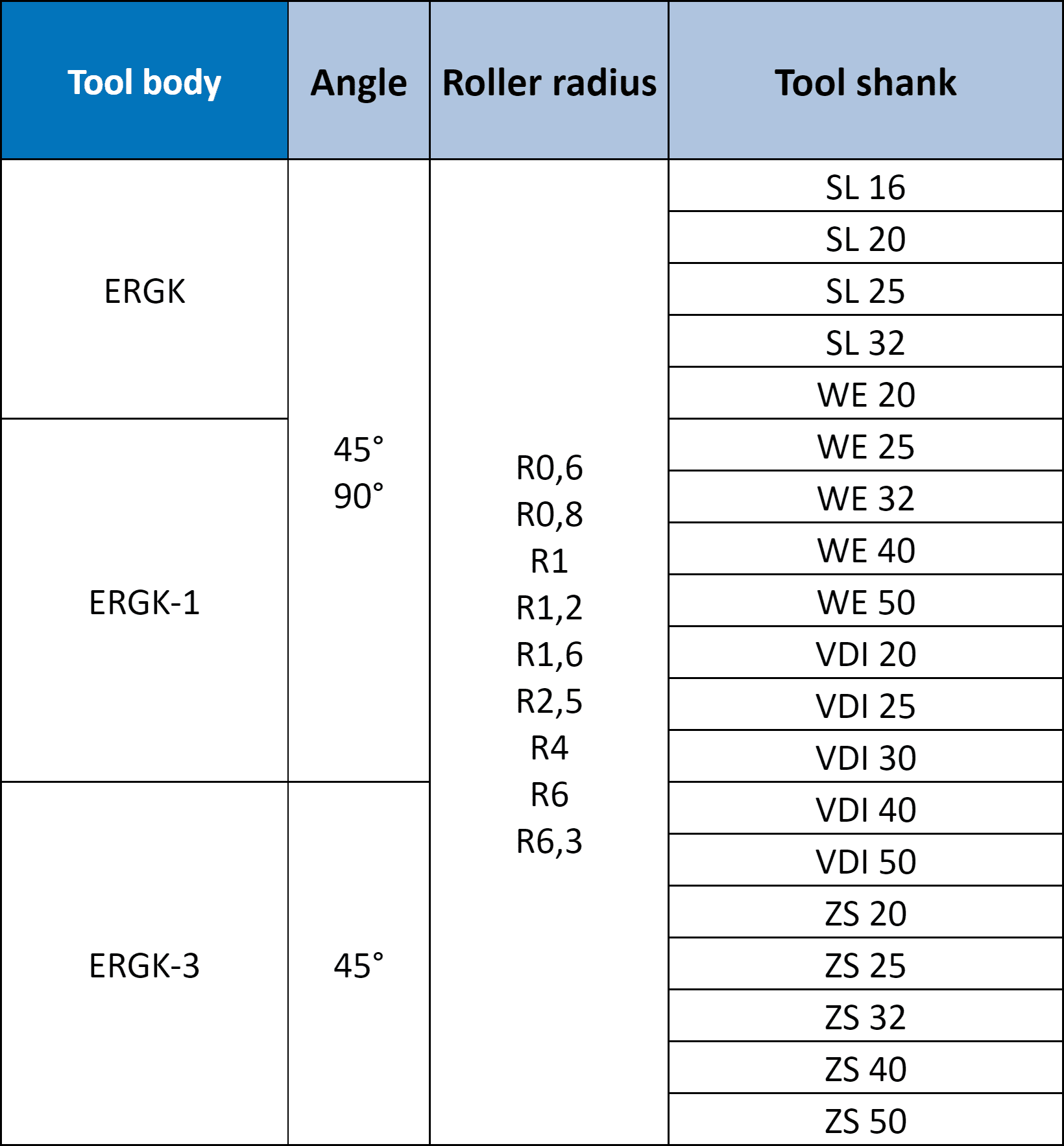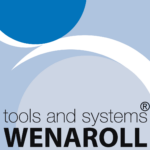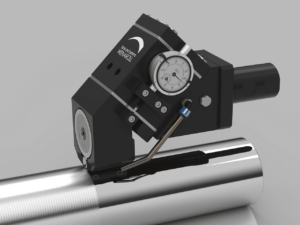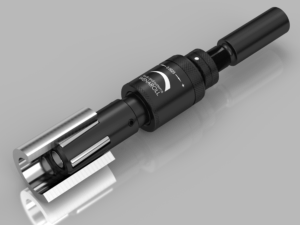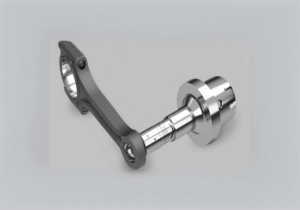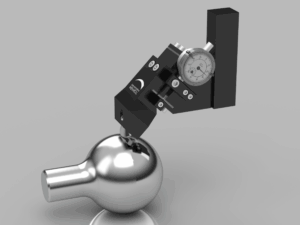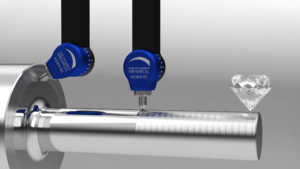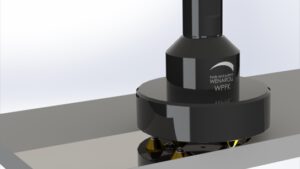Contour Burnishing Tool Type ERGK 45

Contour Burnishing Tool Type ERGK 45
- Can quickly and reliably produce surfaces with a quality of Rz < 1 µm
- Wear parts have a long service life
- Non-cutting and virtually noiseless machining
- Allows machining up to the face surface
- Enables quick replacement of wear parts
- Requires minimal cooling and can be operated with any cooling system
- Fast and continuously adjustable
- Equipped with a dial gauge for easy determination of rolling force
Description
Our ERGK type contour roller burnishing tools enable the machining of cylindrical shafts, cylindrical bores, flat surfaces, as well as spherical or conical parts. The ERGK design, with its inclined contour roller, is particularly suitable for radii. The angle of the contour roller is either 45° or 90°, allowing for complete tracing of radius profiles.
Tool structure
WENAROLL contour roller burnishing tools type ERGK consist of a tool body with a removable roller holder, as well as a holder suitable for your machine. On the side of the tool, there is a dial gauge which indicates the tool spring travel. Using the tables provided by us, you can steplessly adjust the burnishing force and adapt it to your component.
The tools are available in the standard ERGK version (up to 4,000N burnishing force), as well as in the ERGK-1 and ERGK-3 versions (up to 10,000N burnishing force).
- ERGK Type: Cylindrical surface from right to left up to 4,000N
- ERGK-1 Type: Cylindrical surface from right to left up to 10,000N
- ERGK-3 Type: Cylindrical surface from left to right up to 10,000N
Machining
This tool is suitable for machining materials with a maximum tensile strength of 1,400 N/mm² and a maximum hardness of 45 HRC. During machining, the workpiece rotates at the calculated speed and the tool traces the contour. The maximum circumferential speed of the workpiece is 300 m/min, and the feed rate, depending on the required surface quality, ranges between 0.1 mm/rev and 0.3 (0.8) mm/rev. Only small amounts of lubricant are necessary during the process, and both emulsion and oil can be used. Either CNC machines or, for simple contours, conventional machines can be used for machining. The burnishing force can be increased or decreased by adjusting the tool feed, allowing a wide variety of materials to be machined.
Data Sheet – Technology Guide
